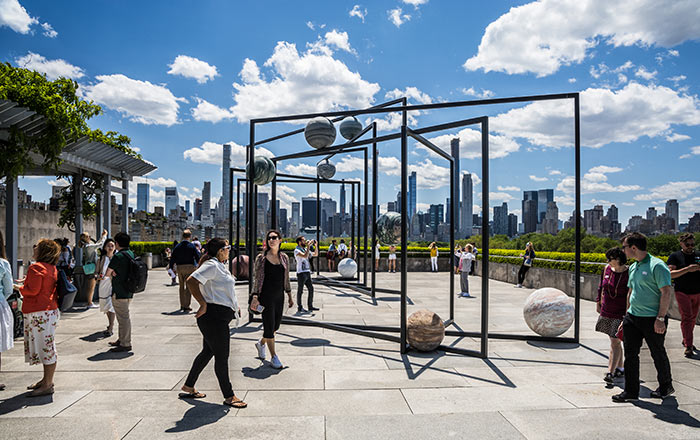Clouds and Water
Arthur Dove American
Not on view
Clouds and Water was inspired by the landscape of Halesite, a town on the north shore of Long Island where Dove and his companion Helen "Reds" Torr lived in the late 1920s. They resided on their boat, the Mona, in warm weather and they had just begun their first winter as caretakers of the Ketewomoke Yacht Club in November 1929. From their second-floor room at the Yacht Club, surrounded by windows on three sides, Dove and Torr had an unimpeded view of Huntington Harbor. In the airy marine prospect of Clouds and Water, several sailboats dip along the surface of the waves, and a landscape of rounded hills rises in the distance. The sky, which fills half the canvas, is banded with long curving lines that suggest wind currents. The painting's unrestrained painting style indicates Dove's philosophy about the elements of nature: they are independent yet interconnected, unique yet mutable. He also expressed this idea in the verse-like statement that he had written earlier for the catalogue of the exhibition Seven Americans in 1925, which reads in part:
"Works of nature are abstract.
They do not lean on other things for meaning.
The seagull is not like the sea
Nor is the sun like the moon.
The sun draws water from the sea.
The clouds are not like either one—
They do not keep one form forever."
This image cannot be enlarged, viewed at full screen, or downloaded.


